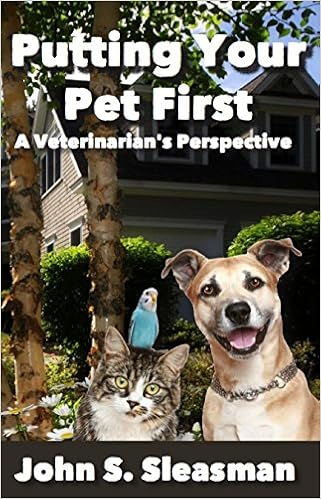When you hit a trail with your furry friend, or play fetch in a park, do you ever wonder who has gone before you and been captivated by this very same place?
How many a hikers have enjoyed a hike up to this same peak, to look out at the splendor beyond? And how many paws have trekked through on this wanderlust before your canine?
These are the questions we ponder as we make our ascent up the trail. We decided to look and see just who was the first to share outdoor adventures like these with their pup, a tradition that would be fufilled by people and their furry adventurers for years to come!
The Gehrke Family: America's first canine-accompanied outdoor adventurers
 |
| Pictures of the Gehrke family from pbs.com |
In 1915, a childless couple from Nebraska, Margaret and Edward Gehrke, decided that they were going to make a lifestyle of going to the places that were popularly loved by others. More specifically, they acted on their dream to travel to all National Parks in the United States, with their beloved furry canine companions in tow.
Margaret, a former school teacher, was a lover of books. Edward was a fishing enthusiast and dog lover who enjoyed photographing their adventures together. The life they had envisioned evolved as they began to make a beautiful life despite it being one without bearing children. With their furry children in tow, they made an intentional effort to visit all of the United States National Parks (18 in total at the time).
Their love of the the parks initially began as they were traveling home via train from a trip to San Francisco. They stopped to see the Grand Canyon, and it was then that the splendor of the parks would captivate their hearts. Initially they traveled by train, but eventually their signature traveling method would be made possible by the Buicks--17 of them in all--which would end up navigating their journeys. Each summer, they faithfully chose a park until they eventually reached their goal and saw all 18.
Margaret kept a journal, and made an entry of their adventures every single day, while Edward photographed all of their excursions. One particularly notable trip was documented in the piece "
To A Dog" and devoted to their beloved furry canine companion Barney, who made the 7,000 mile journey in the Buick as they traveled to parks out west.
In the 1930’s, Edward began working on a traveling house to take to their next park adventure. Sadly, he died in 1939 before the “house-car” was ever driven to a National Park. He was 58. Margaret survived her husband for another 40 years. In her years following Edward’s death, Margaret continued to visit the parks, often with her furry companions by her side. The last park she visited was the couple's favorite park, Rocky Mountain National Park. Today, the photographs and the journals can be seen at the Nebraska State Historical Society.
Next time you go on a National Park excursion, don’t forget to give pause, and think of all the people and furry companions that have found splendor and comfort in the very same place. The mountains are calling you too, to greet them with two boots, and when possible, four paws.



